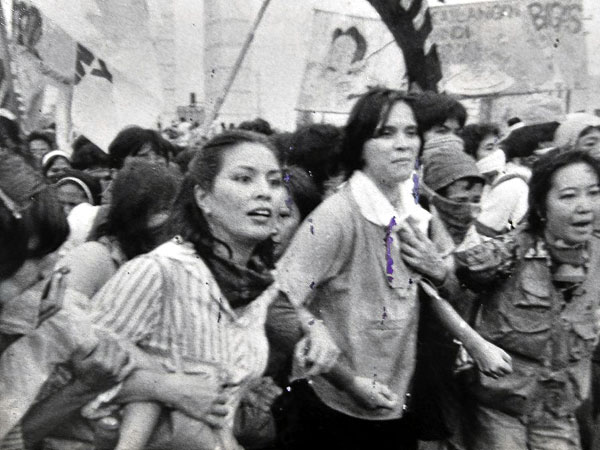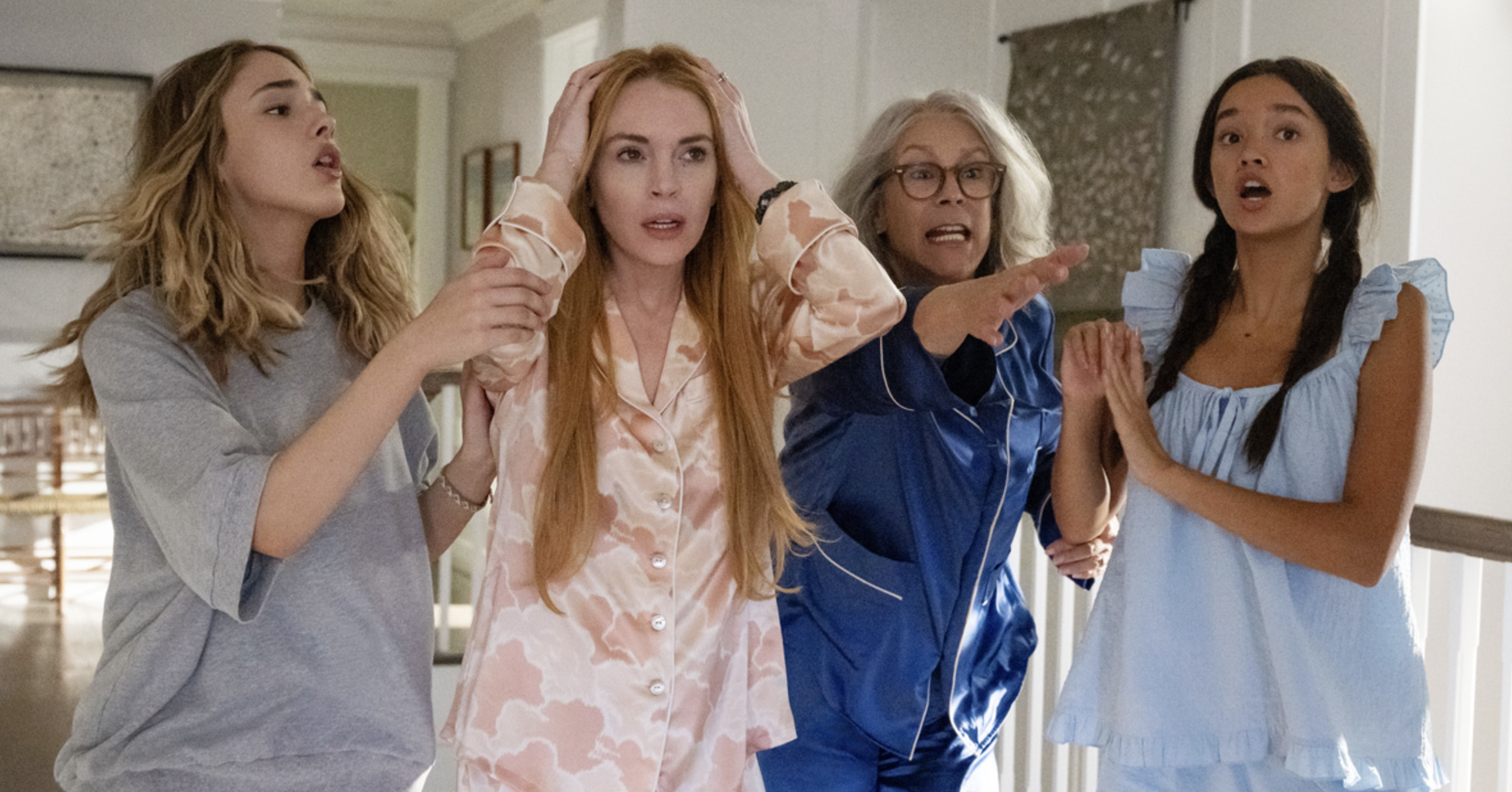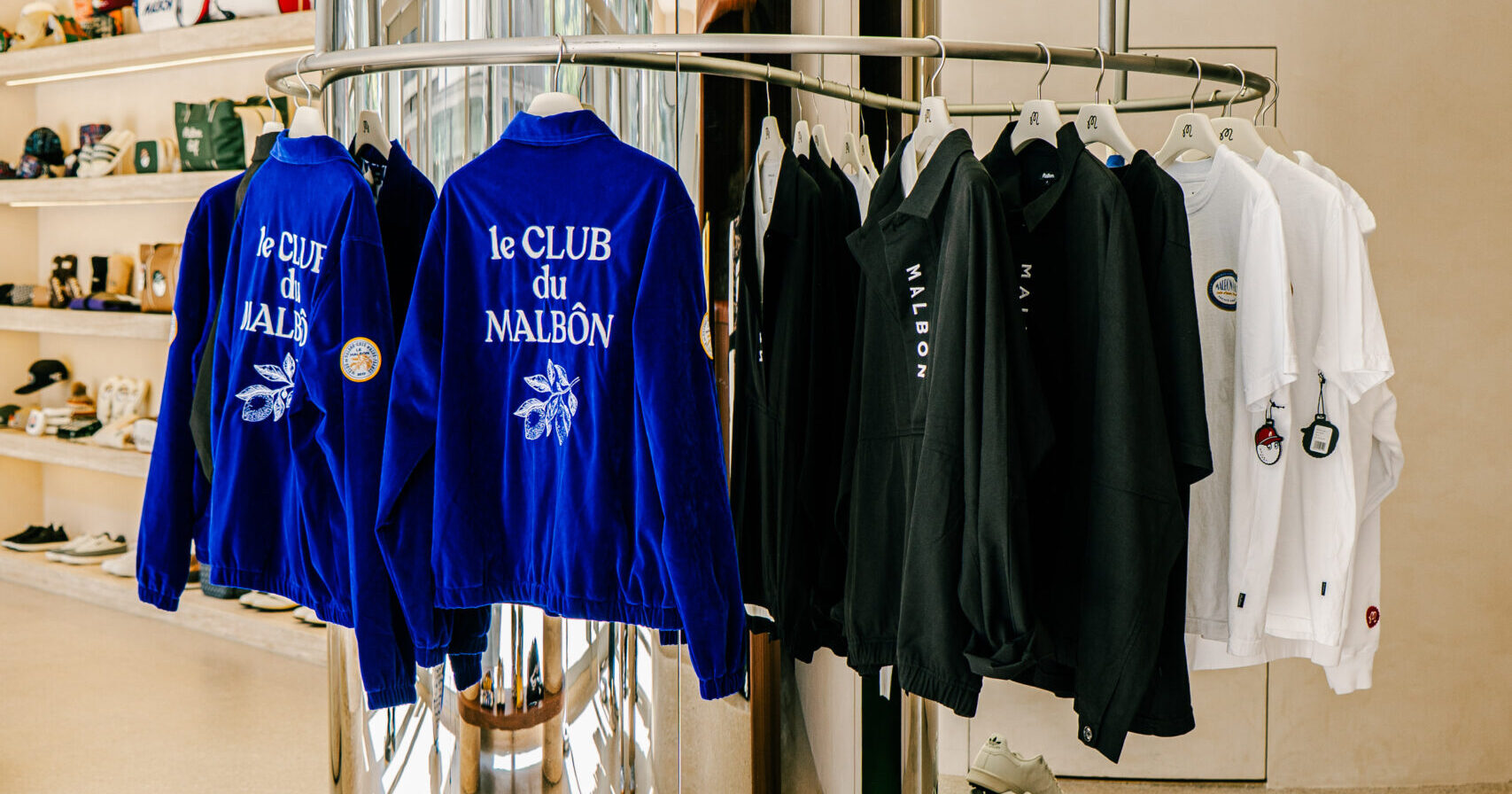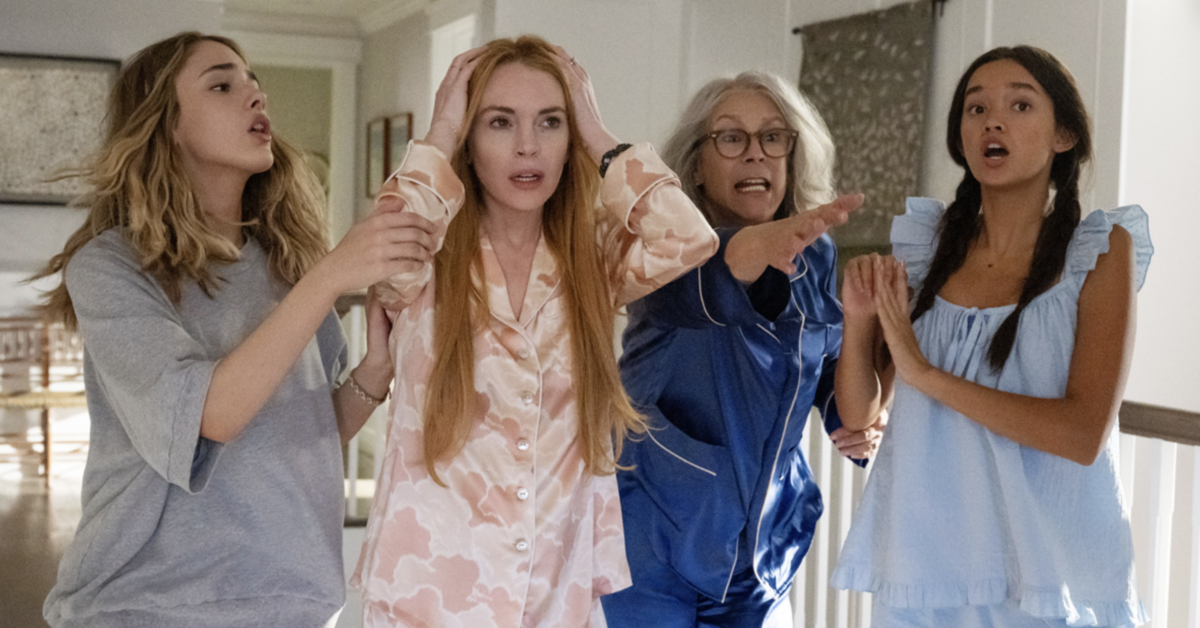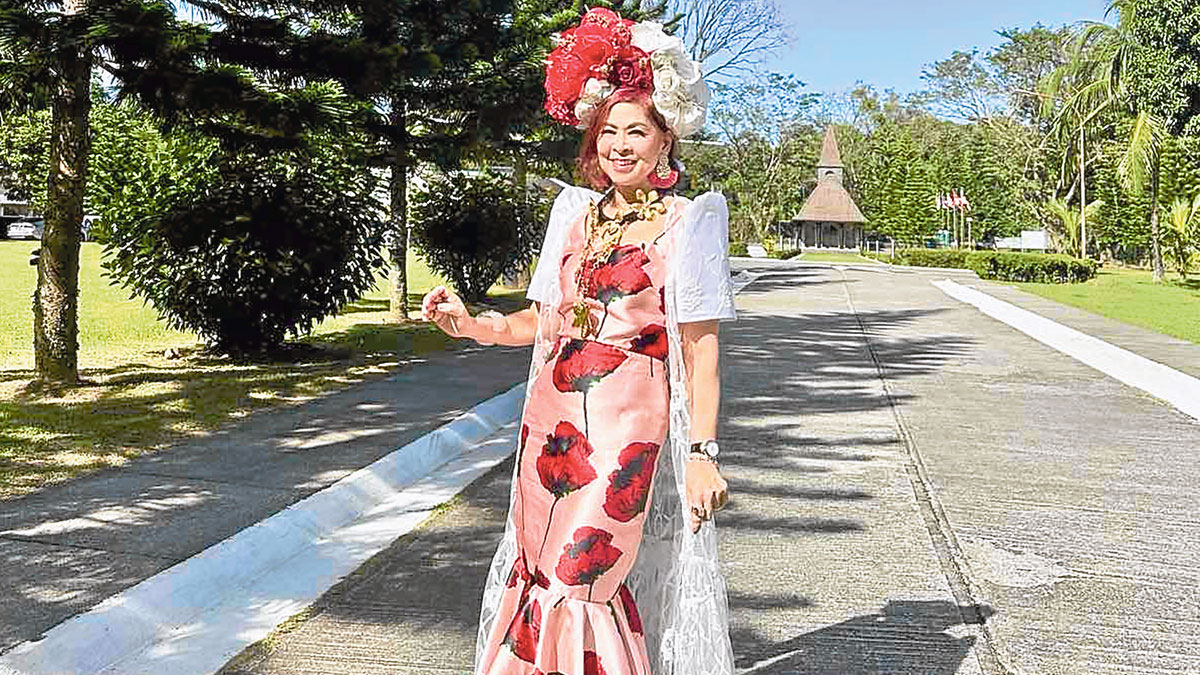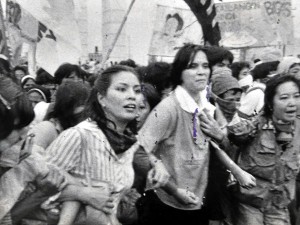
WITH the Communist Party of the Philippines now largely owning up to the Plaza Miranda bombing and the purges of the late 1980s that decimated its ranks, the last remaining mystery of the Left is how Pinoy folk rock pioneer Heber Bartolome managed to hook up with beauty queen-turned-guerrilla-cadre Maita Gomez.
Even by the ultraliberal standards of the wild and woolly Seventies, the couple seemed to make odd bedfellows: Bartolome the plebeian son of a Methodist pastor from Novaliches, Gomez the tall patrician daughter of a wealthy landowning family.
To be sure, both had become darlings of the Left in their own ways: Bartolome by singing protest songs that had immediate pop appeal, and Gomez more spectacularly by forsaking the vapid glamor of Manila high society for the radical chic of the New People’s Army.
As Lou Reed once sang: “Those were different times.”
The couple’s tumultuous relationship, which began as an exciting underground affair conducted on the run in various safehouses in Central Luzon in 1979, lasted five years, during which they had two children. Under the strain of ordinary domesticity, however, it fell apart, ending in a rancorous break-up in 1984, with Gomez alleging domestic abuse that Bartolome denies to this day. (The denials have not prevented him, however, from attaining pariah status among certain sections of the feminist movement.)
The estranged couple barely spoke to each other for the next 28 years, until Gomez’s untimely death last July.
Now it’s Bartolome’s turn to speak.
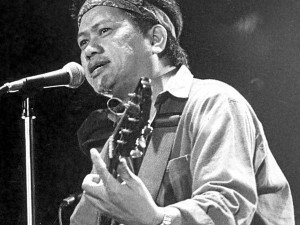
“I’m writing a book about us, what I remember,” he says. (Bartolome speaks in Tagalog throughout the interview; his quotes are freely translated.)
“It’s going to be historical material, personal writings. History has to be about what really happened.”
We are in Bartolome’s Quezon City home, which also serves as his artist’s studio. Numerous paintings hang on the walls, and several works in progress featuring bold splashes of color stand on easels. Paints and brushes litter the tables. There are also a number of guitars in their cases, a shelf of CDs and a computer.
“I make my living nowadays by selling my paintings,” he says. “You don’t really make money with music.”
For the last three years, Bartolome has been in a legal battle with Filscap (or the Filipino Society of Composers, Artists and Publishers), the composer’s union he helped establish. He says he has also been banned by the broadcasters’ association KBP (Kapisanan ng mga Brodkasters ng Pilipinas) and PARI (Philippine Association of the Recording Industry), attesting to his well-known knack for rubbing people the wrong way.
Three spaniels and one askal (mongrel) roam freely. Workers are constructing a three-story annex which is to serve as a rehearsal and recording studio for independent musicians. It is built to withstand floods, Bartolome says, because he saw a coming deluge in a dream.
“My dreams often come true,” he says.
Appropriately enough, the biblical Heber, after whom he was named, was Noah’s great-grandson. The studio will presumably be Heber’s ark.
Presently, he begins to remember where it all began.
“Nineteen sixty nine. The Butterfly.”
Around the time of the First Quarter Storm , the University of the Philippines (UP) was a center of the emerging counterculture. The Butterfly was the restaurant and pro shop of the UP driving range, which doubled as a folk house at night. Against the backdrop of blacklit posters of Lennon, Dylan, Che and Mao, Bartolome sang songs by the Beatles, Bob Dylan and Cat Stevens, accompanying himself on a borrowed guitar. Among the other performers were LJ Laurico, the Demetillo brothers Big and Small, and Siegfried Ranada, who would later dub himself Ysagani Ybarra and score a hit with “Bilog ang Buwan.”
In the audience one could find student radicals like Gary Olivar (later to become spokesman for former president turned Pampanga representative Gloria Arroyo), who often enjoyed a steak dinner after a hard day at the rally, recalls Bartolome.
After his set, for which he was paid the then-princely amount of P20, Bartolome would walk back to his dorm on campus to save the 90-centavo cab fare.
He was a fine arts major, but music was second nature to Bartolome. His father Deogracias had been a violinist and band leader for a rondalla before finding Jesus and becoming an itinerant Methodist pastor. His mother used to perform in sarsuwelas in Bulacan, Bulacan. Not only could the Bartolome children pick up tunes by ear, they could also make their own instruments.
Bartolome had been in the UP production of the musical “Hair,” along with Joey Smith (later, of the Juan Dela Cruz band) and Danny Javier (much later, of the Apo Hiking Society). The musical infamously featured onstage nudity by a then-underage Gigi Dueñas and Lina Castrence.
“It was the height of sex, drugs, and rock ’n’roll,” recalls Bartolome.’
In quick succession, however, came the First Quarter Storm, the Diliman Commune, the suspension of the writ of habeas corpus, and finally the declaration of martial law in September of 1972. The heavy atmosphere of repression that blanketed the campus tipped the scales from the peace sign to the clenched fist.
Bartolome describes himself at the time as a hippie who wore kurtas (Indian shirt) and showed up barefoot for class. He founded the UP Astrological Society and inevitably greeted people with the query “what’s your sign?”
But he was also interested in writing, and had been editor of the Pilipino section of the Philippine Collegian. He joined the UP Writers’ Club in 1973 and the Galian sa Arte at Tula the following year. He also enrolled in a master’s program in Philippine literature.
He began writing songs in his dorm room, setting the poetry of protest to music. Songs like “Nena,” “Pasahero,” “Almusal” and the anthem for a new nationalist generation, “Tayo’y Mga Pinoy” germinated during this period. Together with his brothers Jesse and Levi, Bartolome formed Banyuhay, short for “bagong anyo ng buhay,” just in time for the advent of Pinoy folk rock that saw the emergence of Asin, Coritha and Freddie Aguilar.
“Tayo’y Mga Pinoy” debuted in the first Metropop festival in 1978, together with Freddie Aguilar’s “Anak.” Although both lost out to Ryan Cayabyab’s rousing “Kay Ganda ng Ating Musika,” Bartolome got a standing ovation from, surreally, Imelda Marcos and her entourage. A cover of “Tayo’y Mga Pinoy” by the folk rock band Judas came out in the Metropop album. The same year, “Tayo’y Mga Pinoy,” the first Banyuhay album, was released by Dyna records. Combining simple but poetic language with vivid imagery and themes that struck a chord among the oppressed masses, Bartolome’s songs were soon radio staples and he an underground hero.
Not long after, he was approached by a fellow folk singer who gave him a recording of revolutionary songs. Asked if he wanted to meet the composers, he agreed and soon found himself in a safehouse in Bulacan surrounded by fans. One fan in particular, got his attention.
“There was a tall, beautiful woman,” he recalls. “I didn’t know it was Maita. I thought to myself, ’that’s one good-looking NPA.’”
It wasn’t until much later, says Bartolome, that he discovered that the good-looking NPA who introduced herself as Joy was indeed Maita Gomez, former Pitoy Moreno model and 1967 Miss Philippines-World, who had shocked Manila’s alta sociedad by joining the communist insurgency movement just before martial law was declared. By then they were a couple.
“It happened very quickly,” he says. “I would pick her up, and bring her back. After I found out who she was, I learned that she was on the military’s wanted list, and had a price on her head. It was scary, (but) also exciting.”
Bartolome found himself in various guerrilla zones, “liberated” areas, and collectives, sharing a hard bed with various NPA regulars and hearing their stories.
“Some of them would mention my songs as part of the reason they were there,” recalls Bartolome, who went by the alias Mike in these sorties.
Eventually, he says, their relationship became an issue with Gomez’s collective.
“I wasn’t a party member,” he says. “I was what they called an ‘ally,’ a progressive who could be called on to lend a car or drive someone. Maita was a party member, and the rules said she couldn’t have a relationship with an outsider. A committee was formed to settle our problem, and their decision was to end our relationship, unless I agreed to join the NPA. I told them it was impossible, that I was afraid of firecrackers, let alone a gun. I was arrogant in my younger days, I was talking with guerrilla commanders, and I was telling them, ’you take up the gun, I’ll stick to my guitar.’”
To everyone’s surprise, it was Gomez who ended up leaving the movement to join Bartolome aboveground.
He believes that several factors led to her decision to surface. Her health had deteriorated after years of hiding from the military, sleeping in the open, and periodically going hungry. Her daughter Melissa and son Luis were growing up and needed a less precarious environment. Her friends sent out feelers to then military general and later Philippine president Fidel Ramos, who paved the way for her surrender, hospital arrest and eventual house arrest.
“She left the mountains to be with me; I became an instrument for her return to a normal life,” says Bartolome.
While under house arrest in one of the family homes in posh San Lorenzo village, the couple decided to get married. The wedding was, to say the least, unique.
“Maita’s sister Ditas had contacted a Catholic priest in Antipolo,” he recalls. “Rudy Aguinaldo (notorious for alleged human rights abuses during martial law) was the military overseer. I sang ’Awit sa Kasal.’ Someone handed me a hash brownie. At the last minute, for some reason, the priest backed out. Luckily my father was there, and he had his book of services with him. Now it was the sponsors who backed out when they found out it was to be a Protestant ceremony. (Art dealer/gallery owner and later environment crusader) Odette Alcantara and newsman Nestor Mata, who were there as guests, were pressed into service as sponsors. My eldest brother was the photographer, but none of his pictures came out. (The wedding) was even written about in a French newspaper.”
After Gomez’s house arrest was lifted, the couple took up residence in her family’s Ramona apartments in Malate. Their son Antares was born in 1980. Ten months later, Kris followed. It was after the couple had settled into relatively stable domesticity that the cracks-the class contradictions, as it were-began to show in the relationship. Love on the run was exciting, but living together like regular folk with jobs and kids proved difficult. They soon got on each other’s nerves, and were bickering constantly.
“I have a song that goes, ’hindi si Lenin, hindi si Marx, hindi si Mao Tse Tung, hindi silang lahat, sila’y hindi mahalaga kung walang pag-ibig, kung walang wagas na pag-ibig sa isa’t-isa (It’s not Lenin, nor Marx, nor Mao Tse Tung who are important. They don’t matter at all unless there’s love between us).’ We had the same politics; we were both anti-dictator and pro-poor. But you couldn’t equate our relationship to love. I had a relationship with Maita, but our marriage was just part of it.”
In short, they just couldn’t get along. It was the class struggle and the battle of the sexes, played out in real life.
“It wasn’t Maita’s fault, because she was a Gemini, with a moon in Cancer, Leo rising,” he says. “I’m a Scorpio. I did her astrological chart. Geminis have two characters: one sweet and one annoying. At home she was the ’señora.’ Her maids had to be in uniform, and they called my sons ‘señorito.’ I wasn’t used to that. They spoke in English at the dinner table. We argued about it all the time.”
Another source, who declined to be identified but knew the couple well, recalls how petty annoyances showed up their class differences and literally ate into their marriage. An unusual bone of contention, she says, was raisins.
“For Heber, raisins were something special that should be used only for fiesta dishes, pang-okasyon lang,” she recounts. “He just couldn’t get over how Maita would cook with raisins for ordinary meals. He probably considered it burgis, a waste, or even decadent.
“Maita couldn’t abide such petty concerns. ‘Ang mura-mura ng pasas, ano ka ba? Para yun lang (Raisins are so cheap, get over it)!’ she’d throw at him. It was the class divide all over again.”
By this time, Bartolome was trying to push his music career, playing concerts at night while teaching Philippine literature at the De La Salle University by day. He had released another album, “Kalamansi sa Sugat,” and was performing live at the Bodega.
“Maita could be jealous,” he recalls. “I wrote a song for an old girlfriend, ‘Isang Awit ng Pag-ibig, Mula sa Akin Para sa Iyo.’ When Maita found out, she stomped on my only copy of the record.”
The conflict escalated. Smashed furniture was frequently the outcome, says Bartolome.
It might have been nothing to an upper-class scion, but for a child of the petit bourgeoisie, furniture was important.
“Geminis have a problem with authority figures,” says Bartolome. This might account for Gomez’s rebellious nature and independent streak, he adds, but it also led to her inability to sustain relationships with men.
The couple finally called it quits in 1984, leaving their two children in Gomez’s care, amid allegations of domestic violence that Bartolome continues to deny.
“I’m not about to go before these women’s groups and tell them it’s not true,” he says. “I really don’t see why she was angry with me. I was never unfaithful to her. My one big failure in life was not being able to raise my sons. Pog was only 2 years old when Maita and I split up.”
Gomez went on to become a leading figure in the women’s movement. She had another son, Michael, with her last partner. After Marcos was ousted, she ran unsuccessfully for a congressional seat and continued to espouse various causes, the last of which was mining. Her two sons with Bartolome became artists, writers and teachers.
Bartolome remains largely frozen out of their lives. When Gomez, 64, died in her sleep on July 12 this year, he received a frosty reception at the wake, he says, from Gabriela, the feminist organization that Gomez helped found.
“Maita was like Gautama Buddha, in a way,” he continues. “She never knew suffering, and was shocked when she discovered that there was poverty outside the walls of her kingdom. When she realized this, she wanted to know why, that’s why she came down from the wealthy (side of the wall) to be with the poor. Maita was enlightened, that’s why she was excited to be with ordinary folk.”
He continues: “We came from different social classes. We found a common cause in defending the poor, but when it came to a relationship, we just weren’t meant for each other.” •

